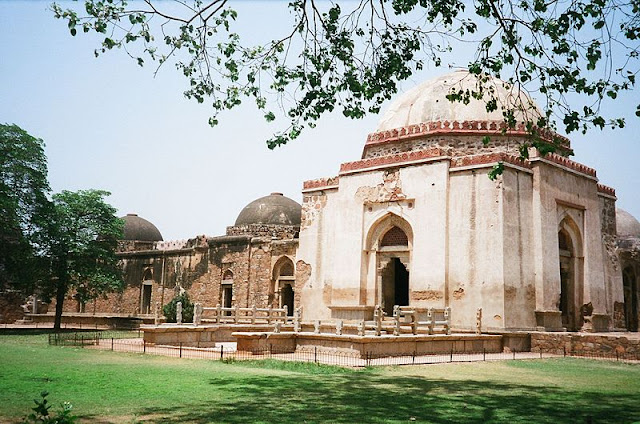Ashoka ranks among the greatest rulers in the history of mankind. It is with good reason the Lion capital of Asoka has been adopted by Indian Republic as its National Emblem.
Early Life
For Asoka’s early life, we have to rely on traditional accounts. Her mother has been referred to by different names in different Buddhist accounts. While she has been called Subhadrangi In one account, the other Buddhist texts refer to her as Janapada Kalyani and Dharma.
As a young prince, Ashoka served as a viceroy of Ujjain and Taxila. Apart from Devi or Vedisa Mahadevi whom Asoka married during his viceroyalty of Ujjai, Karuvaki and Asandhimitra were his other two queens. Karuvaki was the mother of Tivara, the only son of Asoka to be mentioned by name in his inscription.
Accession
About 269 BC Asoka succeeded to the Mauryan throne as its third ruler. The Buddhist sources would make us believe that his accession to the throne was accompanied by much violence. According to them after usurping the throne he killed all his possible rivals and began his rule as a tyrant. However, this story is not corroborated by Asoka’s own inscriptions which comprise a series of edicts issued by the emperor. .
In his Thirteenth Major Rock Edict, he claims to have won victories by this method among five Hellenic kings Antiochus II Theos of Syria, the grandson of Seleucus I; Ptolemy II Philadelphus of Egypt , Antigonus II Gonatas of Macedonia, Magas of Cyrene, and Alexander of Epirus.
However, though Ashoka abjured aggressive war, he by no means gave up his imperial ambitions and annexed Kalinga after its conquest into the Maurya Empire.
Ashoka proclaimed that all men were his children. He appointed a class of official known as dharma-mahamatras, or ministers of Righteousness, whose duty was to redress wrongs and public grievances and supervise the affairs of all religious bodies
Ashoka died in 232-33 BC.


